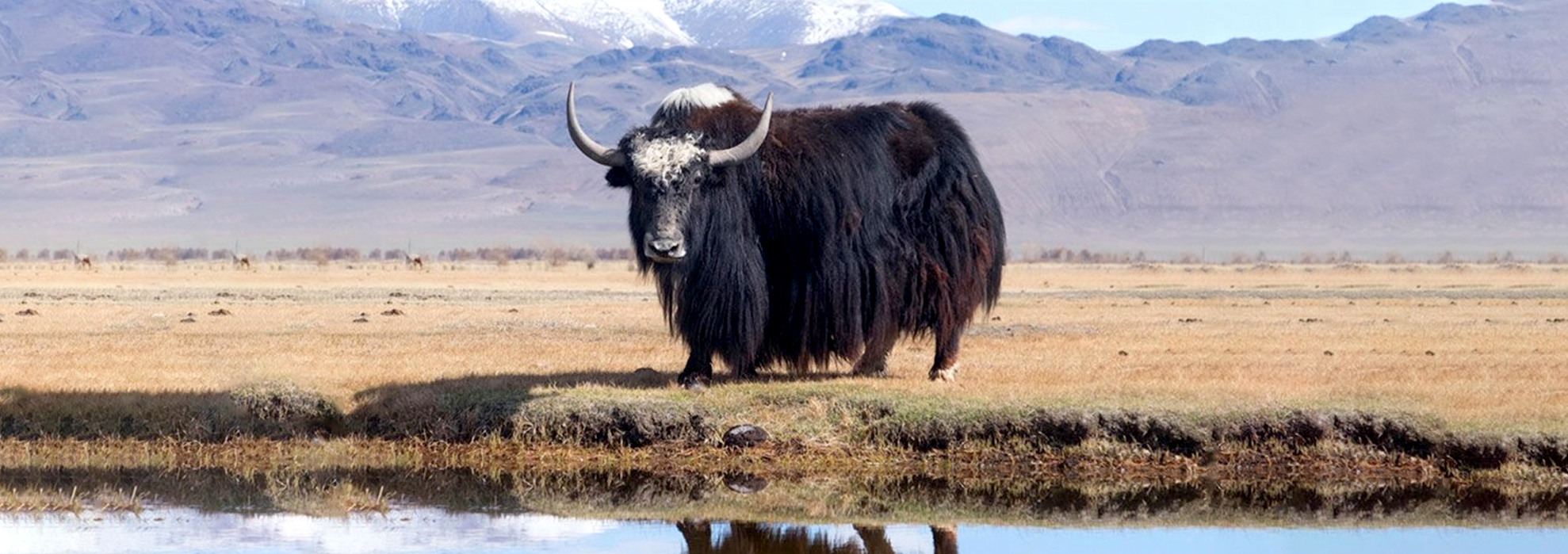
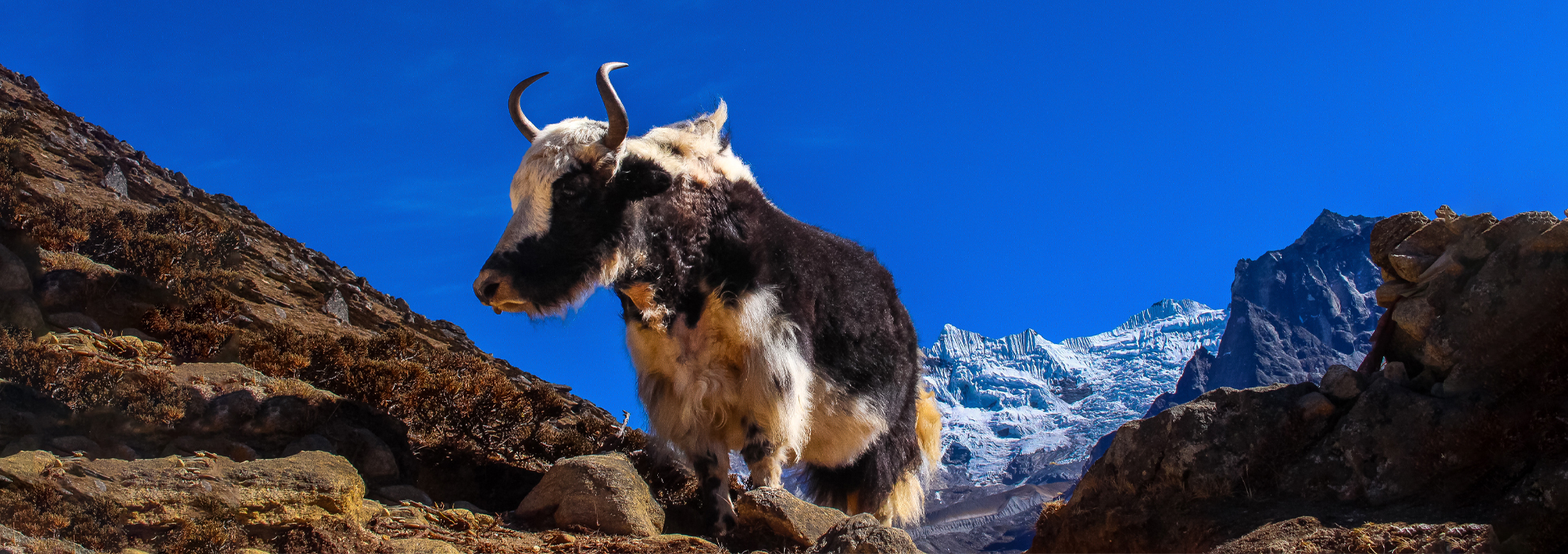
Mongolian Yak and Yak Down
Mongolian yaks are commonly found in the mountainous regions of Mongolia, particularly in provinces like Khovd, Govi-Altai, Zavkhan, Khuvsgul, Arkhangai, and Bayankhongor.
The population of Mongolian yaks has been decreasing in recent years, with an estimated 20,000 yaks remaining. These animals inhabit rocky, mountainous areas and forested steppes, often grazing in high mountain pastures.
Their diet consists of grass, leaves, fruits, and mushrooms. Yaks are most active during the morning and evening. They live in small herds, typically made up of 10-20 yaks, with an experienced female yak leading the group.
Breeding occurs between September and November, with a gestation period of five to six months, resulting in births in May and June. Typically, a single calf is born.
The Mongolian yaks are considered an endangered wild animal and are listed in The Mongolian Red Book. It is forbidden to hunt them illegally.
Yaks play an important role in the ecosystem and are found in beautiful natural landscapes, making them attractive for tourism.
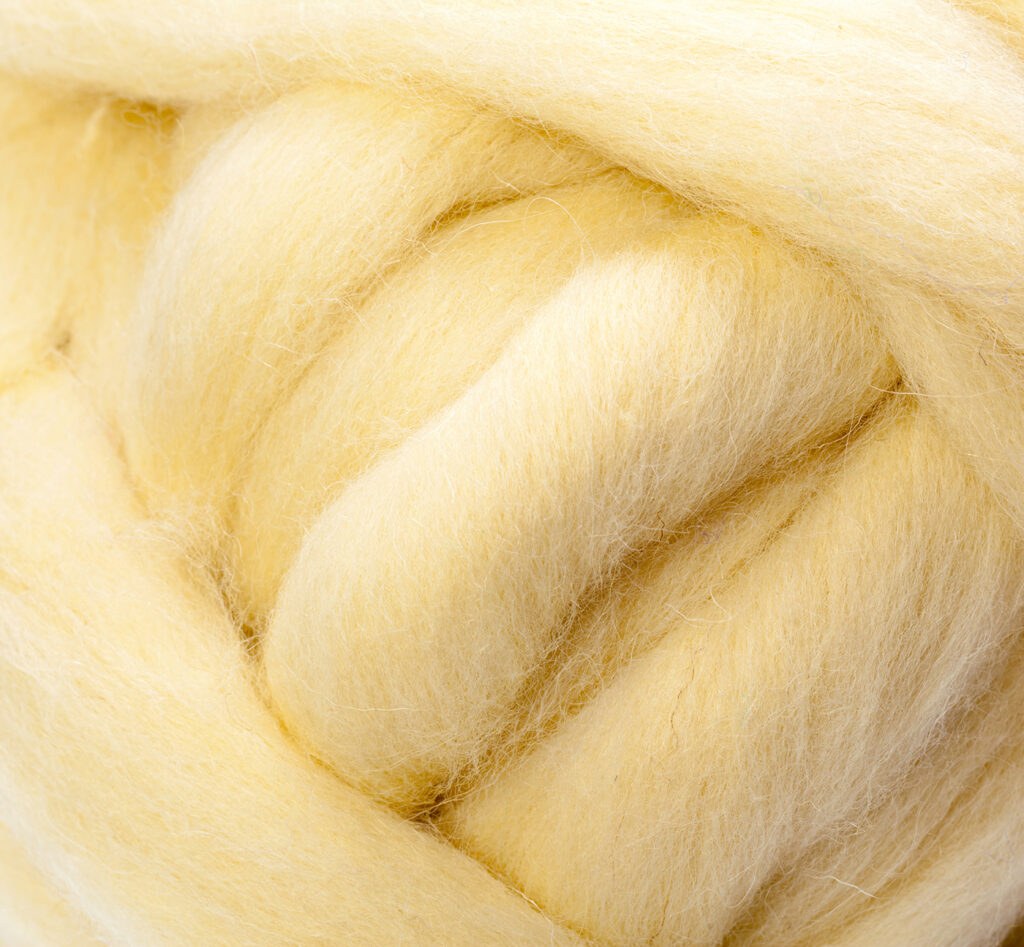
Yak Down

Yak down is exceptionally fine, soft, and warm fiber. It is often regarded as superior in quality to goat cashmere. On average, a yak produces between 100 to 200 grams of down annually. While it is 5 to 6 times less amount than that of goats, it surpasses goat cashmere in terms of overall quality.
Yak down is obtained through a combing process. This process requires specialized techniques and demands considerable labor, time, and effort. Yak down is primarily utilized in spinning yarn, weaving fabrics, and garment production. Scientists have confirmed that yak down, distinguished by its superior qualities, is breathable, highly insulating, resistant to fading, lightweight, and requires minimal maintenance compared to other wool and cashmere fibers. In terms of thermal insulation, yak down is 40% warmer than sheep wool and 17% warmer than goat cashmere.
Yak down is an integral part of Mongolia’s traditional farming and culture. It serves as a source of income for local communities and plays a vital role in establishing a distinctive Mongolian brand product.

Embrace the warmth of natural luxury
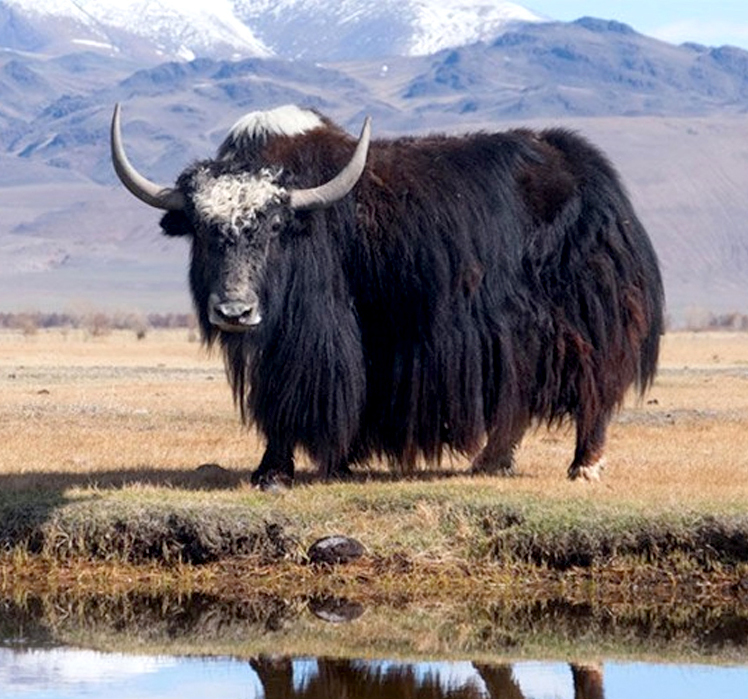
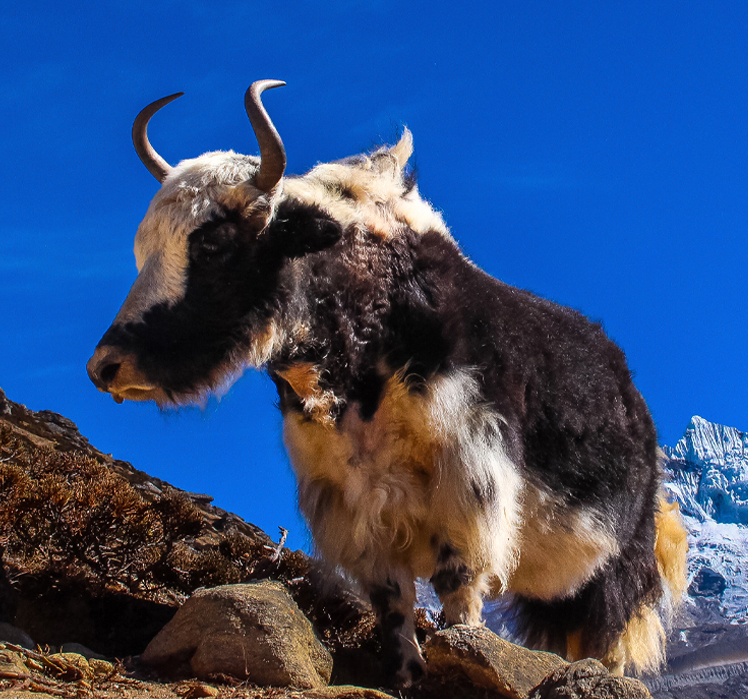
Mongolian Yak and Yak Down

Mongolian yaks are commonly found in the mountainous regions of Mongolia, particularly in provinces like Khovd, Govi-Altai, Zavkhan, Khuvsgul, Arkhangai, and Bayankhongor.
The population of Mongolian yaks has been decreasing in recent years, with an estimated 20,000 yaks remaining. These animals inhabit rocky, mountainous areas and forested steppes, often grazing in high mountain pastures.
Their diet consists of grass, leaves, fruits, and mushrooms. Yaks are most active during the morning and evening. They live in small herds, typically made up of 10-20 yaks, with an experienced female yak leading the group.
Breeding occurs between September and November, with a gestation period of five to six months, resulting in births in May and June. Typically, a single calf is born.
The Mongolian yaks are considered an endangered wild animal and are listed in The Mongolian Red Book. It is forbidden to hunt them illegally.
Yaks play an important role in the ecosystem and are found in beautiful natural landscapes, making them attractive for tourism.
Yak Down

Yak down is exceptionally fine, soft, and warm fiber. It is often regarded as superior in quality to goat cashmere. On average, a yak produces between 100 to 200 grams of down annually. While it is 5 to 6 times less amount than that of goats, it surpasses goat cashmere in terms of overall quality.
Yak down is obtained through a combing process. This process requires specialized techniques and demands considerable labor, time, and effort. Yak down is primarily utilized in spinning yarn, weaving fabrics, and garment production. Scientists have confirmed that yak down, distinguished by its superior qualities, is breathable, highly insulating, resistant to fading, lightweight, and requires minimal maintenance compared to other wool and cashmere fibers. In terms of thermal insulation, yak down is 40% warmer than sheep wool and 17% warmer than goat cashmere.
Yak down is an integral part of Mongolia’s traditional farming and culture. It serves as a source of income for local communities and plays a vital role in establishing a distinctive Mongolian brand product.
